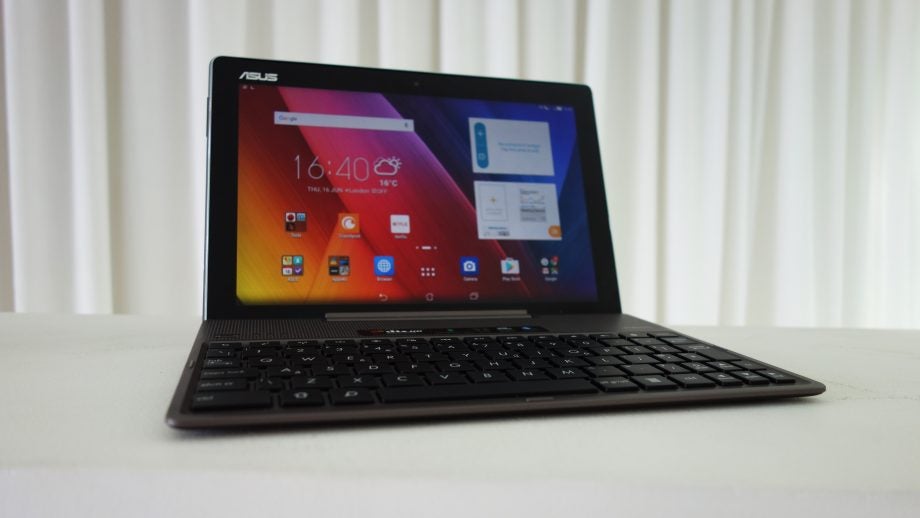Asus ZenPad 10 Review - Battery, camera and conclusion Review
Battery, camera and conclusion
An affordable, but distinctly average tablet

Sections
- Page 1 Asus ZenPad 10 Review
- Page 2 Software and Performance Review
- Page 3 Battery, camera and conclusion Review
Asus ZenPad 10 Z300C – Battery
Asus quotes the ZenPad as having an eight-hour battery life, which isn’t great by tablet standards. Generally, I’d expect a tablet to last 10 hours before dying.
In real-world use, however, I didn’t have any issues with the ZenPad’s battery, instead finding Asus’ quoted life slightly pessimistic. Using it as my main tablet, the ZenPad was able to survive 2-3 days of moderately heavy use before requiring a charge.
Moderately heavy use entailed browsing the internet throughout the day, watching a few videos on YouTube, sporadically checking Twitter and Facebook, an hour of gaming, and watching some TV shows on Netflix.
It also dealt with battery-intensive tasks fairly well. Streaming video on Netflix, the tablet discharged 10-14% of its battery per hour, which is par for the course these days. Gaming put a slightly heavier toll on the battery, seeing the device lose 15-18% of its charge per hour – which, again, is pretty standard.
Asus ZenPad 10 Z300C – Camera
Tablet cameras always play second fiddle to their smartphone siblings and are generally only used as a last resort. This is usually down to the camera hardware being below average, and capable at best of capturing only usable photos. The ZenPad 10 doesn’t change this trend. It comes loaded with a bare-bones 2-megapixel rear and 0.3-megapixel front camera setup.
Photos always looked washed out
The focus is hit and miss
And universally lack detail
Neither camera is capable of capturing a decent photo. Photos taken on the rear camera universally suffer poor contrast and display a general fuzziness, even when they’re shot in decent light. The front camera isn’t good enough for selfies and should only be used for video calling.
Related: Best tablet 2016

Should I buy the Asus ZenPad 10 Z300C?
With its reasonably good list of specs and well-built attachable keyboard that adds solid audio to the mix, there’s plenty to like about the ZenPad 10. But, the tablet’s processor is underpowered and Asus’ use of the previous-generation Lollipop skin makes it feel like a bit of a relic.
As a result, it’s hard to wholeheartedly recommend that you buy the ZenPad 10 – although this may change if the device receives the Marshmallow upgrade that Asus has promised.
Verdict
If you’re on a tight budget and desperate for a tablet with a keyboard attachment included then the ZenPad 10 is pretty much your only option – but it isn’t perfect.
How we test tablets
We test every tablet we review thoroughly. We use industry standard tests to compare features properly and we use the tablet as our main device over the review period. We’ll always tell you what we find and we never, ever, accept money to review a product.
Trusted Score
Score in detail
-
Performance 5
-
Value 8
-
Design 6
-
Software & Apps 5
-
Sound Quality 8
-
Screen Quality 7
-
Battery Life 8
-
Build Quality 8


